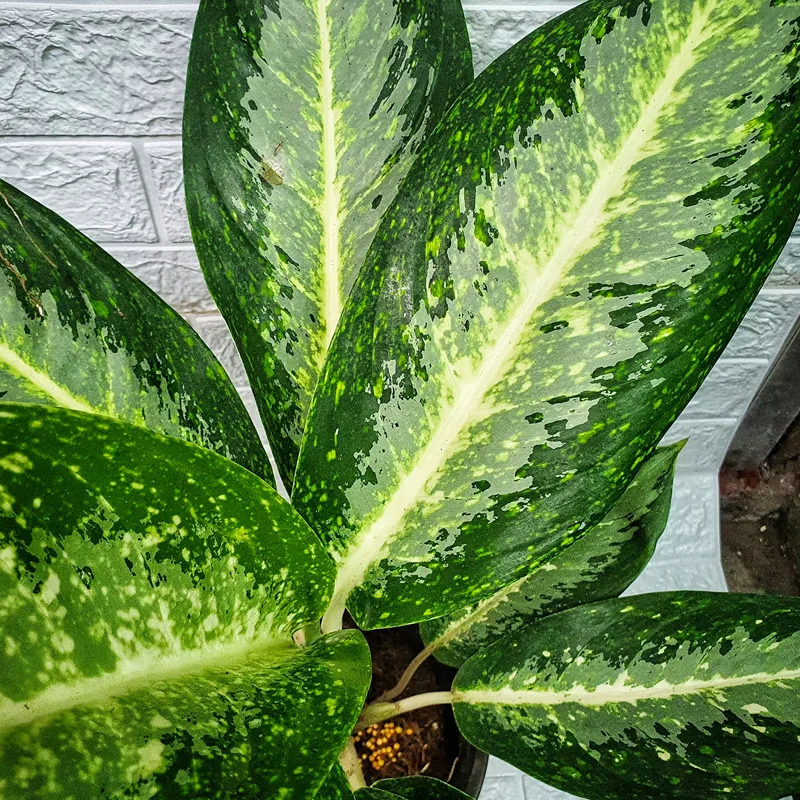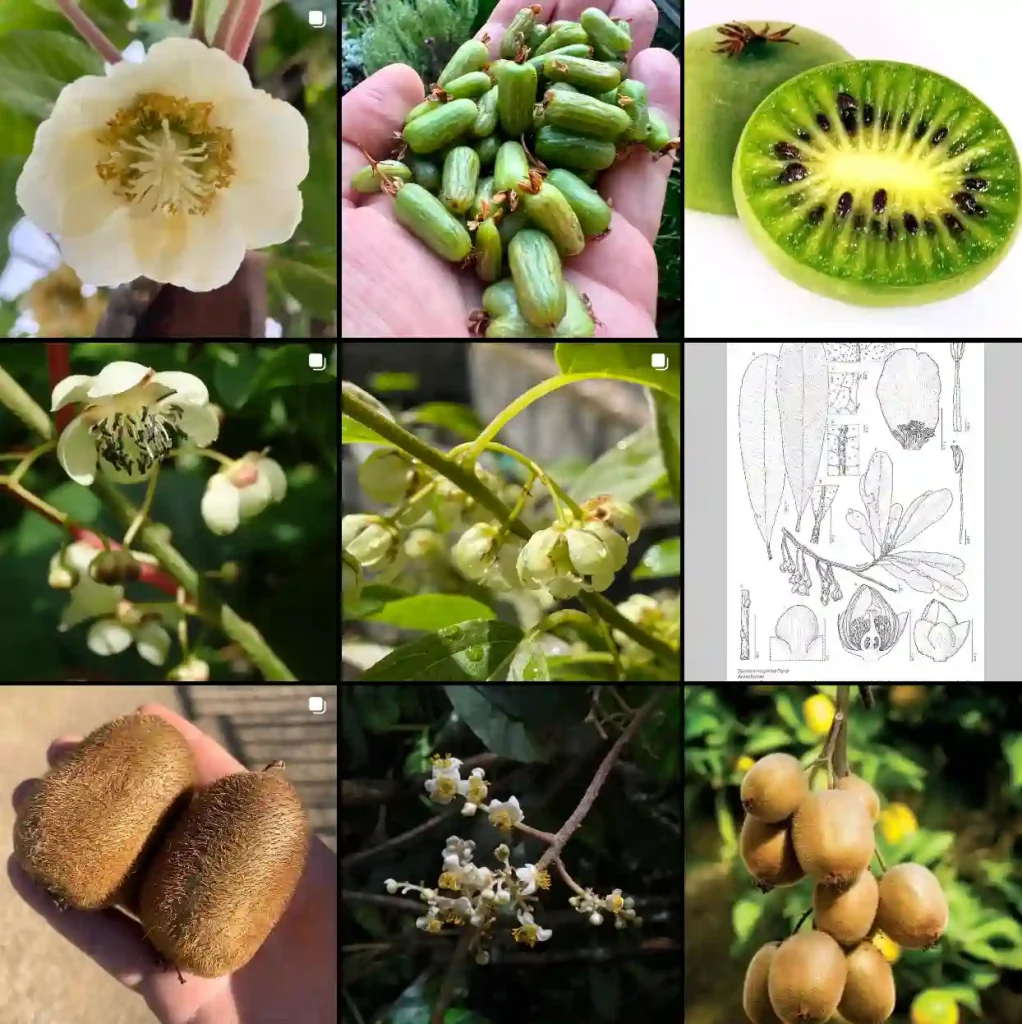The Enchanting Sweet Box: A Gardener’s Guide to Sarcococca Ruscifolia
For those seeking a touch of winter magic in their garden, look no further than the Sarcococca ruscifolia, also known as the Sweet Box. This unassuming evergreen shrub packs a fragrant punch, releasing a delightful honey-like aroma during the colder months. But beyond its captivating scent, the Sweet Box offers a surprising amount of year-round beauty.
Over the years, my love affair with this plant has grown. From the delicate white flowers that peek through the glossy green foliage in December to the vibrant red berries that adorn the shrub later in the season, the Sweet Box offers a constant visual intrigue. However, there were initial questions that swirled around this lovely plant, particularly regarding its berries.
15 Species in Genus Sarcococca
Sarcococca Ruscifolia vs Confusa
I’ve grown Sarcococca ruscifolia, and I really appreciate its glossy, dark green leaves and the subtle, sweet fragrance of its white flowers in winter. On the other hand, Sarcococca confusa has a slightly more robust growth habit and a stronger scent, which I find quite striking, though it’s a bit more vigorous and less compact than ruscifolia.
Are Sarcococca Ruscifolia Berries Poisonous?
This was a crucial question, especially considering I have young children who are naturally curious about everything in the garden. After some research, I discovered that the information on the toxicity of Sarcococca ruscifolia berries is inconclusive. While there are no documented cases of severe poisoning, it’s best to err on the side of caution. There’s simply not enough data to definitively say they’re safe for human consumption.
Unveiling the Sweet Box’s Allure: More Than Just Fragrance
While the winter fragrance is undoubtedly the Sweet Box’s signature characteristic, this versatile plant offers much more. Here’s a glimpse into what makes it such a valuable addition to any garden:
- Low-Maintenance Beauty: The Sweet Box thrives in neglect. Partial shade and well-drained soil are all it needs to flourish. It tolerates a wide range of soil conditions, making it ideal for areas where other plants might struggle.
- Compact and Adaptable: This shrub stays relatively compact, reaching a mature height of around 3-4 feet. This makes it perfect for smaller gardens or planting beneath taller trees. It can also be grown successfully in containers, adding a touch of winter fragrance to patios and balconies.
- A Haven for Wildlife: The dense foliage of the Sweet Box provides a welcome refuge for small birds and beneficial insects. It also attracts pollinators like bees during the flowering season, contributing to a healthy garden ecosystem.
How to propagate Sarcococca Ruscifolia?
Once you’ve fallen under the spell of the Sweet Box, you’ll naturally want to propagate it and share its magic with others. Luckily, this is a relatively straightforward process. Here are two methods you can try:
- Seed Propagation: Fresh seeds collected in the fall offer the best chance of successful germination. However, be aware that growing from seed takes patience, as it can take several years for the seedlings to reach maturity.
- Division: A more rapid approach is to divide established plants in the spring or fall. Carefully dig up the parent plant and separate the root ball into sections, ensuring each division has healthy roots and foliage. Replant the divisions in their designated spots and water them well.
Planting Partners for the Sweet Box
The Sweet Box plays well with others! Here are some ideas for creating a harmonious garden composition:
- Companion Plants: Combine the Sweet Box with shade-loving perennials like ferns, hostas, and hellebores for a lush and textural effect.
- Bulbs: Early spring bulbs like snowdrops and crocuses will add a burst of color as the Sweet Box finishes its flowering.
- Small Trees: Plant the Sweet Box beneath a small flowering tree like a dogwood or redbud to create a layered visual interest.
With its captivating fragrance, low-maintenance nature, and year-round appeal, the Sarcococca ruscifolia is a true gem for any garden. By following these simple tips, you can cultivate this delightful shrub and enjoy its beauty for years to come.
If i die, water my plants!



